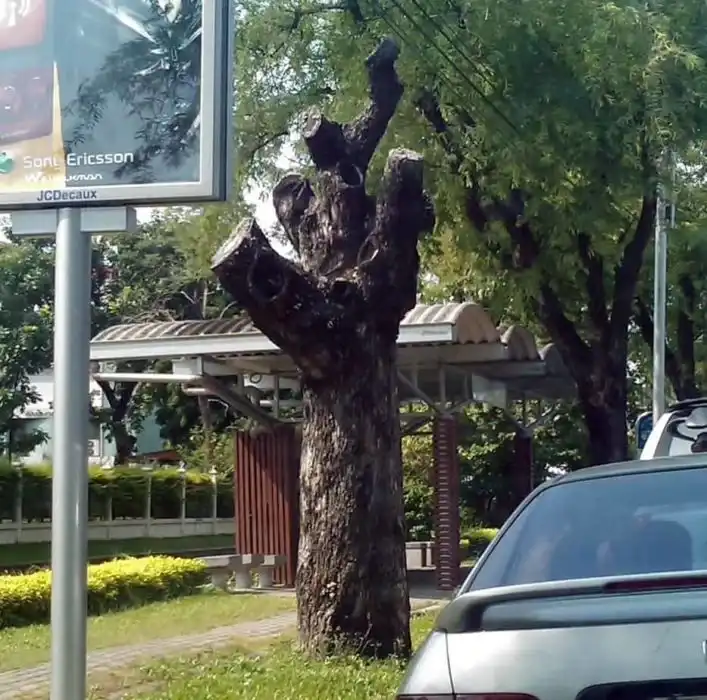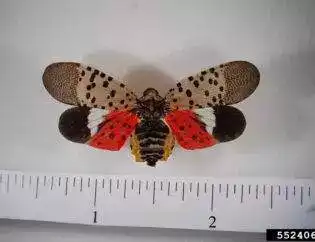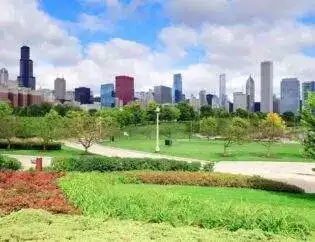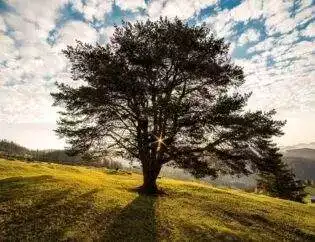
Tree topping is a technique that costs more in the long run and has the potential to hurt the tree. It is usually done by utility companies or by homeowners misinformed by their tree service contractor. This practice is so inefficient and dangerous that some cities in the US have even introduced regulations against it.
What Is Tree Topping?
It is an incorrect pruning technique described as "the drastic removal of large branches with little regard for location of the pruning cuts" 1.
The technique is also called heading, stubbing or dehorning.
Reasons Why Trees Are Topped
There is almost never a good reason to top a tree. Let's take a look why it is still done, even after various awareness campaigns have been run against it.
According to a 2001 regional tree topping study published in the Journal of Arboriculture 2, these are the two main reasons why homeowners topped a tree:
- utility conflict - when the tree got in the way of high-voltage utility lines
- lack of awareness - homeowners used a untrained tree service contractor
Utility Conflict
It is dangerous to have power lines that run through or close to a tree's branches. The lines can snap during storms or high wind days. There is also the risk of electrocution for adults or children that are climbing the tree. Utility companies used to top trees in order to get more clearance between the tree and the electrical lines.

A better alternative to utility tree topping is directional pruning. The tree is trimmed in a L, U or V form to clear the power lines. Although the tree might look a little bit awkward when viewed from the side, the foliage will grow back with time.
Lack Of Awareness About Tree Topping Issues
Some homeowners have the common misconception that trees become more hazardous as they grow taller. The biggest concern is that the tree will fall over in high wind as it continues to gain height. However a tree with a healthy root system that has been properly pruned is much safer than a topped tree.
Other mistaken beliefs why people top trees are:
- topping helps the tree - while some pruning techniques are used to treat various issues and diseases, tree topping always harms the tree
- topping shapes the tree and encourages new growth - tree shoots or water sprouts do grow faster. However, the new growth is weakly attached to the stubs and break off easily
- to increase the amount of sunlight - there are much better ways to prune a tree that will keep healthy and allow more light to go through
- to keep prices low - in time, tree topping costs a lot more than other trimming methods
Why Tree Topping Harms Trees

- it exposes the tree bark and other portions that are usually covered by the foliage to sunlight
- the foliage is not able to produce enough food through photosynthesis. A rule of thumb is that you should not remove more than 25% of a tree's foliage
- pruning attracts some insect species and makes open wounds more vulnerable to fungi and diseases
- topping weakens the tree's structure. The new shoots are more likely to break because of snow, ice or high winds
- topping accelerates water sprouts growth. This results in a higher resistance to wind in some cases and might cause large branches to snap
- the tree's aesthetic look cannot be recovered. Topped trees usually look bad.
- some trees are not able to survive after being topped and die after a while
Tree topping also hurts your bottom-line. A topped tree loses at least 20% of its value, often in excess of 50% and sometimes even 100%. On the other side of the spectrum, fine pruning increases its value by an average of 10%.
What to do instead of topping a tree:
- tree shaping - you can give the tree the look you desire by using specific shaping techniques
- tree trimming - you can trim branches that are dead or overextend
- tree cabling - you can help the tree sustain a healthy structure
- remove the tree and replace it with a species that does not grow as tall
- spiral thinning or canopy thinning
- pollarding
- directional pruning
Topping vs Pollarding
Pollarding is a rare, but correct pruning technique. It is exclusively done to young trees from specific species (willow, oak, beech, ash, elm, maple, yew, etc), usually to encourage re-growth. It works by cutting tree branches close to the trunk.
There are a couple of reasons why people use pollarding:
- to limit a tree's growth and keep it more compact
- in the past, people used pollarding to get fodder for the livestock, or even to get firewood
As opposed to topping, pollarding does not hurt the tree's integrity if done correctly. It still has to be repeated on a regular basis, usually once every year or every two years.
For more information, consult one of our Certified Arborists today to come up with a practical plan to manage the mature trees on your property. It will not only save you money it could prevent the loss of your living assets.
1. [Illes, Jeff 1989 The Case Against Tree Topping]↩
2. [Journal of Arboriculture 27(3): May 2001]↩










You must be logged in to post a comment.